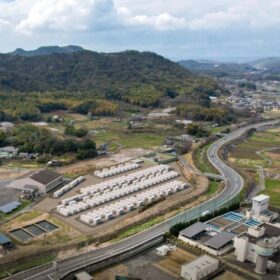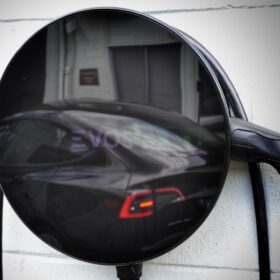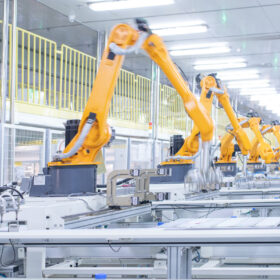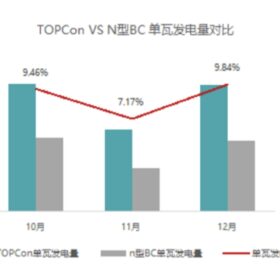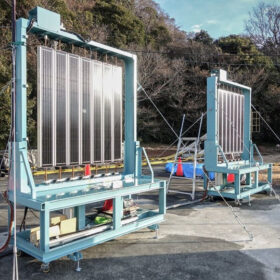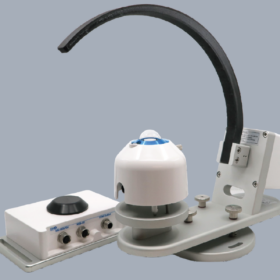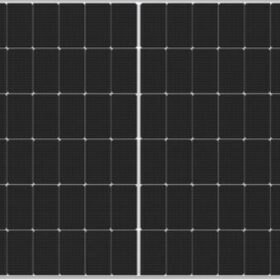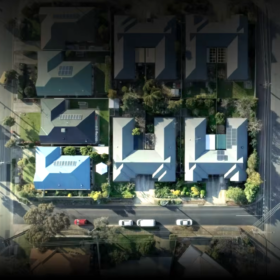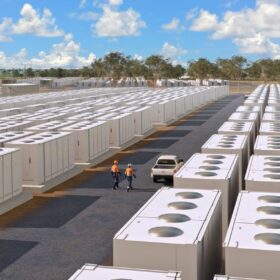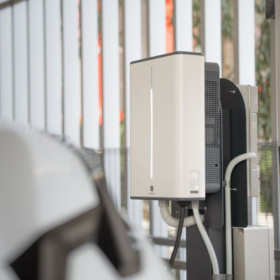Macquarie’s offshoot Eku Energy secures Japanese long-term power source bid
Eku Energy, jointly owned by Australian financial services group Macquarie, has seen it’s Japanese subsidiary successfully bid for a long-term power source auction two months after a similar long-term energy services agreement was awarded in Australia for its Griffith BESS.
Queensland EV charging start-up revs up expansion plans
Queensland-based electric vehicle charging infrastructure provider EVOS has stepped up expansion plans after reaching agreement with Japanese manufacturer FKK to produce its chargers for sale in Japan, Southeast Asia and other high-growth markets including India.
Sumitomo Electric launches vanadium redox flow battery with 30-year lifespan
Sumitomo Electric’s new system comes in three versions, providing up to 10 hours of storage. It achieves improvements in output and energy density, through component enhancements, thereby reducing cost and physical footprint.
JinkoSolar sues Longi in Australia in third patent case this year
JinkoSolar has sued Longi for patent infringement in Australia, its third legal action against the company this year, following filings in China and Japan. The lawsuit, filed in the Federal Court of Australia, claims that Longi used an unspecified solar cell technology.
JinkoSolar’s TOPCon modules offer 8.82% yield gain in field test
JinkoSolar’s latest n-type tunnel oxide passivated contact (TOPCon) modules delivered higher energy yield per watt than a competitor’s n-type back contact (BC) modules in a three-month field test in Japan, under varying irradiance levels.
BIPV concept integrates louvres to enhance power production
Scientists have proposed a building-integrated PV system that integrates airflow to cool the panels and control room temperature. The system, which also acts as a shading device, can reportedly mitigate drops in power generation efficiency without additional energy consumption.
Toyota teams with BHP to test electric HiLux dual-cab
With electric vehicle demand continuing to grow in Australia, Japanese auto manufacturer Toyota has revealed it will team with mining giant BHP to trial the “first ever” battery-powered HiLux dual-cab ute.
EKO unveils new solar monitoring solution
The latest irradiance sensor solution from Japan-based EKO Instruments provides continuous measurements in the field. Well-suited for bifacial PV systems, it supports the measurement of global horizontal irradiance, diffuse horizontal irradiance and direct normal irradiance, even in reflective and cloudy conditions.
Panasonic testing smart thermostats in residential heat pumps
Panasonic will integrate new smart thermostats and an energy management software in its Aquarea system from November. The new solutions are also designed to enable PV system owners to manage their heat pumps based on local weather forecasts.
Sharp unveils 610 W TOPCon solar panel with 22.58% efficiency
Sharp’s new IEC61215- and IEC61730-certified solar panels have an operating temperature coefficient of -0.29% per C and a bifaciality factor of over 80%.
